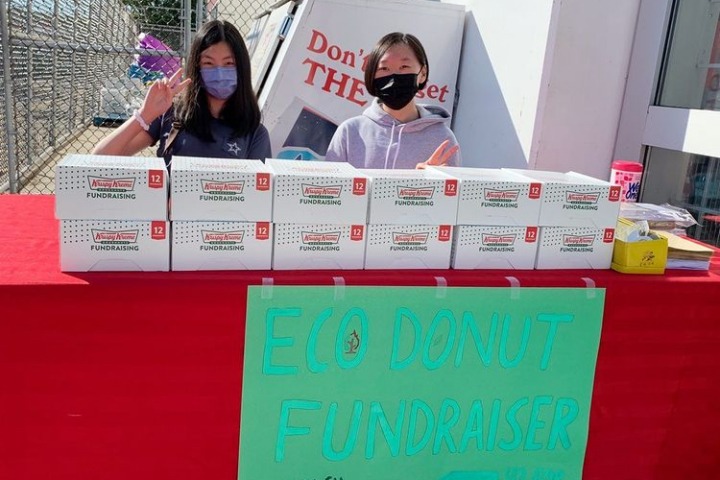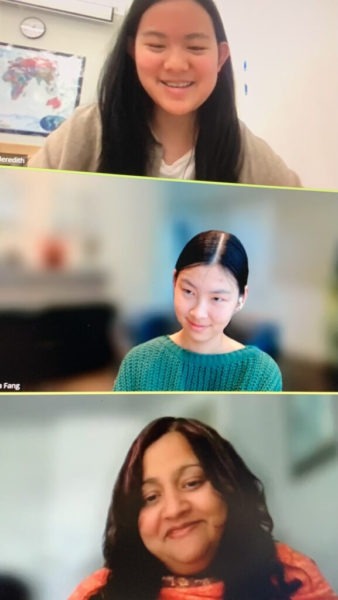The summer of 2021 saw British Columbia engulfed in flames and news outlets from coast to coast demanding unequivocal climate action. Yet as the rain came and the fires died, the uproar almost immediately died to silence. Cut to the next summer and the cycle repeated itself verbatim.
At some point, a sinusoidal pattern becomes apparent in climate activism: one terrible disaster, followed by a series of passionate protests. Another disaster. More calls to action. But between them? Long periods of silence.
Afterthought Mentality
Such constitutes the basis of the afterthought mentality: a mindset that regards climate change as a habit, a box to tick, but never a consistent priority. It was the term used by:
- Antonio Guterres, the UN Secretary-General, when he warned the world to “wake up and get to work” during his address to the General Assembly in February 2023.
- Canada’s citizenry this fall when Finance Minister Chrystia Freeland unveiled a federal economic plan that emphasized tackling inflation and housing affordability but failed to reference the record-breaking wildfire season months prior.
- G20 countries accusing the United States of disregarding the world’s poorest after its withdrawal from the Paris Agreement in 2017, a legally binding international treaty on climate change.
- Kenya’s President at the second United Nations Environmental Assembly, advising world leaders to be unwavering in their dedication to “building a sustainable future”.
In our day-to-day lives, however, it could be anything as simple as preferring a plastic straw for its convenience; treating comfort as the priority, and everything else, as an afterthought.
Youth Point Of View
That 2021 record-breaking wildfire season made me conscious of how different the term “climate change” is to people when it personified urgency. Similarly, it made me aware, for the first time, that the tools used by the state and media in combating this crisis were very different from the tools I had at my disposal. They influenced the form of national publicity. I influenced an audience they could not always reach. They were the powerful actors in the movement capitalizing on people’s fears and loyalty. We were youth, feeding off hope and energy.
It was this juxtaposition of things that gave me the inspiration to launch my non-profit, Evergreen Collective, which has grown to an international organization with six chapters and over 100 active volunteers from around the world. Our mission? To keep in the limelight the humanitarian nature of this crisis long after the initial flames died down.
Yet outside my organization and the other youth activism channels that I’ve become involved in, I often struggle to relay that mission to someone else. Why should we care about the dying mangroves in Pakistan, use flimsy paper straws, or help the people living in coastal cities who will soon be without a safe home? If others had already asked themselves that question without success, what tools did I have at my disposal now to convince them otherwise?

Locality, I thought, was one of them. Framing the overall issue as something small but potent in each of our lives carried a sense of urgency. Humanitarianism was the other important aspect; bridging the disconnect between those who cared about the environment and the much larger group of people who cared about their general health and well-being. I slowly discovered that the juxtaposition of youth versus state, hope versus despair, was an outdated characterization. To dismantle this mentality, we must treat climate change as an issue of collective interest that each generation can contribute to and benefit from.
Confronting the Status Quo
Every year, our organization holds a province-wide fundraiser for wildfire relief. But the moment the flames die down, the next initiative starts. Since the summer of 2021, we have launched two blogs documenting conservation efforts and the unsung heroes of the movement, interviewed UNICEF ambassadors and climate science professors, raised funds for Indigenous access to drinking water, organized community clean-ups, and overall, worked to tackle climate change from new angles. We work with different vulnerable action groups, replace deploring headlines with positive climate advancements, and write the process as we go. There is spontaneity, there is passion, and most of all, there is constant action.

Around us, however, support is limited. Many of the people we meet at fundraising events hear the words “climate change” and walk away. It becomes a constant battle to keep producing articles that few people will actively read. I know environmentalists who applaud the work of fellow activists yet subconsciously refuse to renounce the luxuries of their current lifestyles. Sometimes, I am one of them. I grew to understand why activism brands itself as a pattern: it’s easy to sympathize with a cause when it burns at your front door but all the more difficult to prolong that sympathy into sustained interest.
Conclusion
How, then, do we maintain public interest in the movement? Firstly, by keeping the topic fresh and relevant. Buzzwords fall on deaf ears, and poster children can often desensitize people to the changing nature of activism. Headlines that catch people’s eyes and integrate other perspectives, such as technology and travel, make the topic more attractive. Secondly, we need to crystallize umbrella terms into direct impacts on our daily lives – for example, turn “global warming” into “more summer days where the sky is a patch of black smog.” Lastly, acknowledge that the afterthought mentality will be around in some shape or form. Not everyone will care because you tell them to care, which is fair, as all our value systems differ. However, the margin of change achieved from establishing the environment as a collective priority is far greater than the inevitable deficit of buy-in. When we target the people we have the power to influence and resort to the tools accessible to us, the world may finally wake up and get to work.
 Enya Fang is a sixteen-year-old writer and advocate from Vancouver, BC. She co-founded Evergreen Collective, an international youth non-profit with six chapters around the globe. She is a member of the world’s largest youth-led Oceans Council and was recently named one of Canada’s youngest Top 25 Under 25 Environmentalists. In the past three years, Enya has helped fundraise $6800+ for disaster relief, published 50+ climate articles, interviewed UNICEF ambassadors and MPs for varying webinars, and spoken at national workshops on climate policy reform. Her writing, which often centers around environmental negligence, has received national accolades by CBC News and The A&E Network.
Enya Fang is a sixteen-year-old writer and advocate from Vancouver, BC. She co-founded Evergreen Collective, an international youth non-profit with six chapters around the globe. She is a member of the world’s largest youth-led Oceans Council and was recently named one of Canada’s youngest Top 25 Under 25 Environmentalists. In the past three years, Enya has helped fundraise $6800+ for disaster relief, published 50+ climate articles, interviewed UNICEF ambassadors and MPs for varying webinars, and spoken at national workshops on climate policy reform. Her writing, which often centers around environmental negligence, has received national accolades by CBC News and The A&E Network.
The MAHB Blog is a venture of the Millennium Alliance for Humanity and the Biosphere. Questions should be directed to joan@mahbonline.org
The views and opinions expressed through the MAHB Website are those of the contributing authors and do not necessarily reflect an official position of the MAHB. The MAHB aims to share a range of perspectives and welcomes the discussions that they prompt.